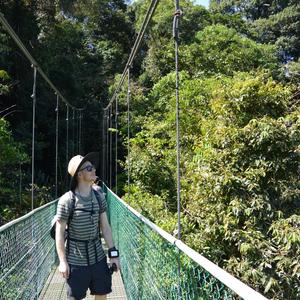It’s little wonder that Sri Lanka is such a hit with curious travellers. After all, there’s much to love — this is an island that offers a little bit of everything. Located in the Indian Ocean just off the Bay of Bengal, it’s the perfect place to enjoy nature and wildlife, try your hand at any number of watersports, attend world-renowned events such as the Galle Literary Festival, and bask in the sunshine on some of the finest beaches on the planet.
It’s also an island that can genuinely be considered a year-round destination. While there’s more than one monsoon season that brings rain, you can always find good weather somewhere on the island at all times of the year if you’re willing to explore.
If you’re planning to travel to Sri Lanka, then this page is for you. Below, we’ll provide an outline of what to expect during different times of the year, suggest the best time to visit Sri Lanka, and provide information on some key festivals to attend that’ll make your trip all the more memorable.
Spring – March to May
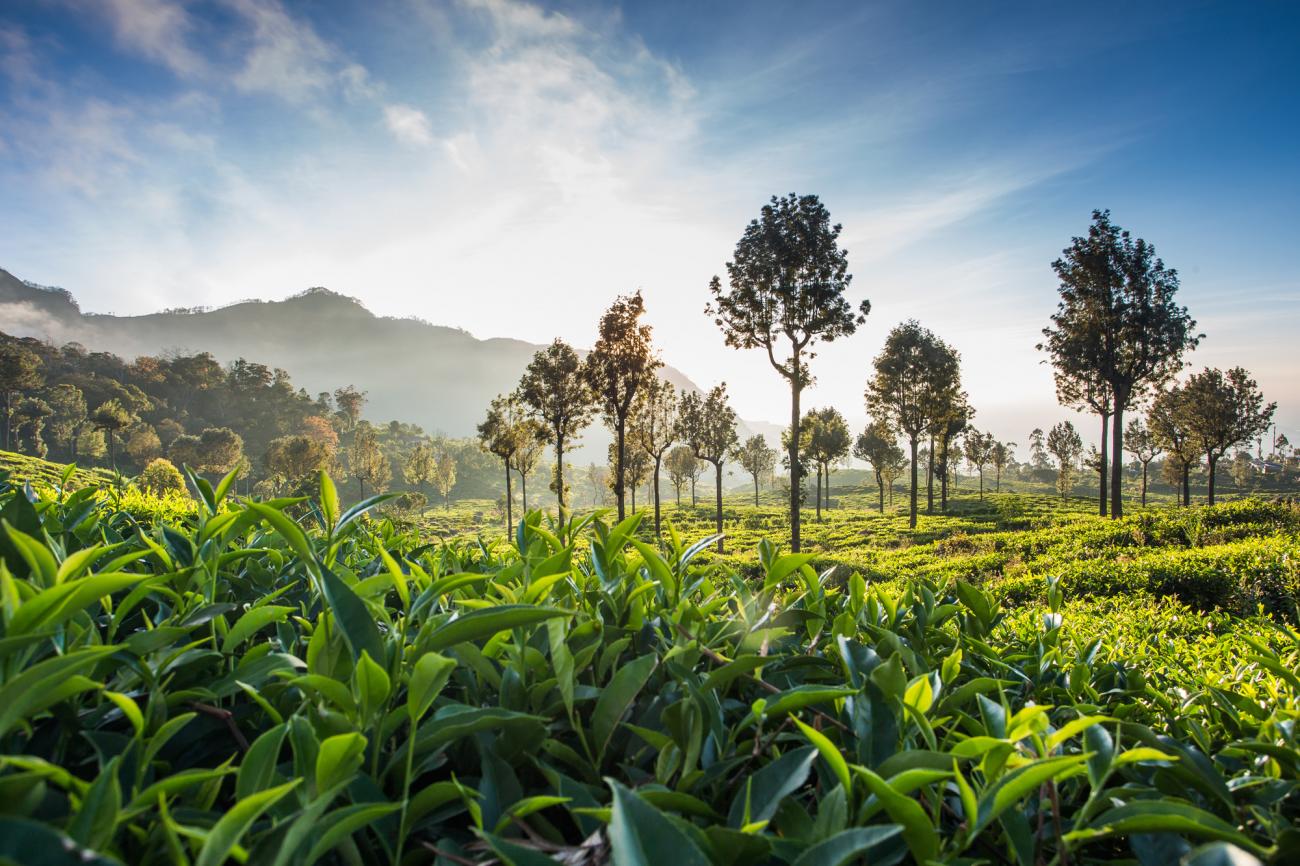
If you visit Sri Lanka between March and May, you can expect to see the country at its sunny, blue-sky best. The rainfall does begin to steadily increase from mid April, so if you’re determined to have as many beach days as possible, try to travel earlier in the season, and stick to the South and West coast. Tamil New Year, a big celebration on the island, takes place in April.
Summer – June – August
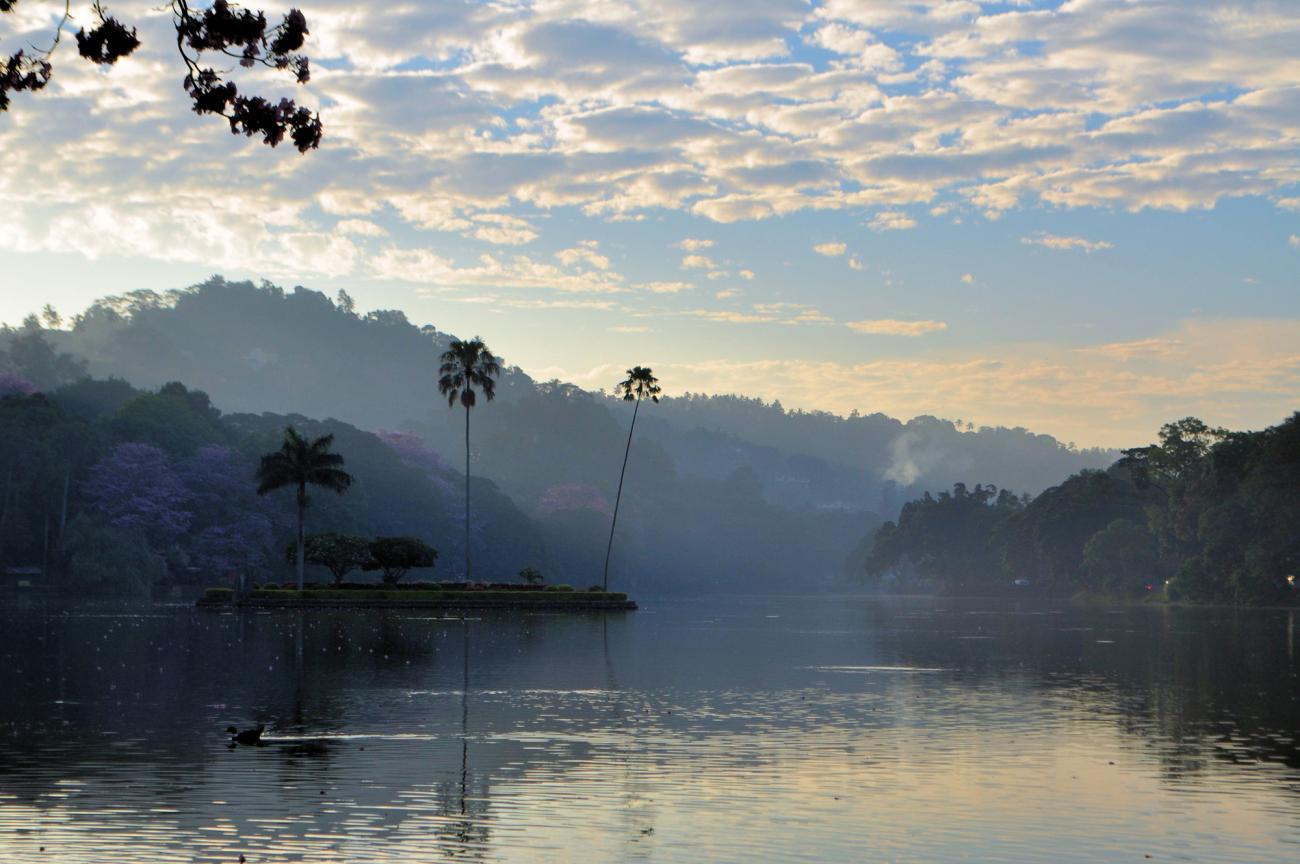
The Southwest monsoon period, also known as the Yala monsoon, begins to arrive in late May and is usually in full swing by June. We say usually because sometimes the monsoon comes much later — or not at all. Still, if you’re planning to visit the Southern part of the island during this period, you should expect to get wet. The heavy rainfall is generally limited to the southwest region, with the other parts of the island experiencing temperatures in the 25-30 degree zone and clear blue skies. Perfect weather, in other words.
Autumn – September to November
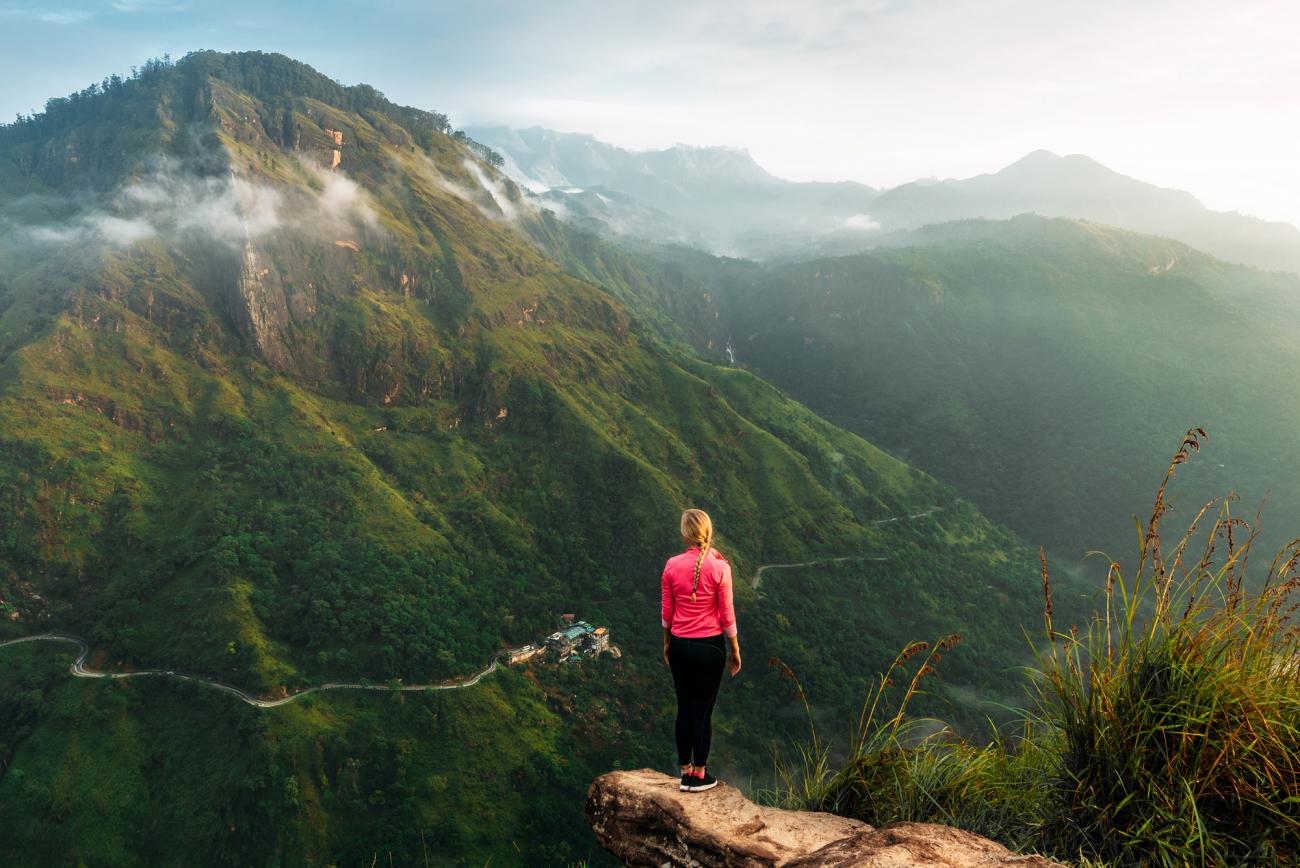
September is a lovely time to travel to Sri Lanka, with balmy days, high temperatures, and plenty of activities on offer. October sees the arrival of the island’s second monsoon season, which, unlike the Yala monsoon, the Maha monsoon tends to affect the whole island. In some instances, the monsoon can last from October to January, but things have usually settled down by December. In any case, the presence of the monsoon doesn’t necessarily mean you can’t visit Sri Lanka during this time. Even when the rainfall is heavy, it comes only in short bursts, meaning you can still enjoy Arugam Bay on the East coast or find an opportunity to visit Minneriya National Park.
Winter – December to February
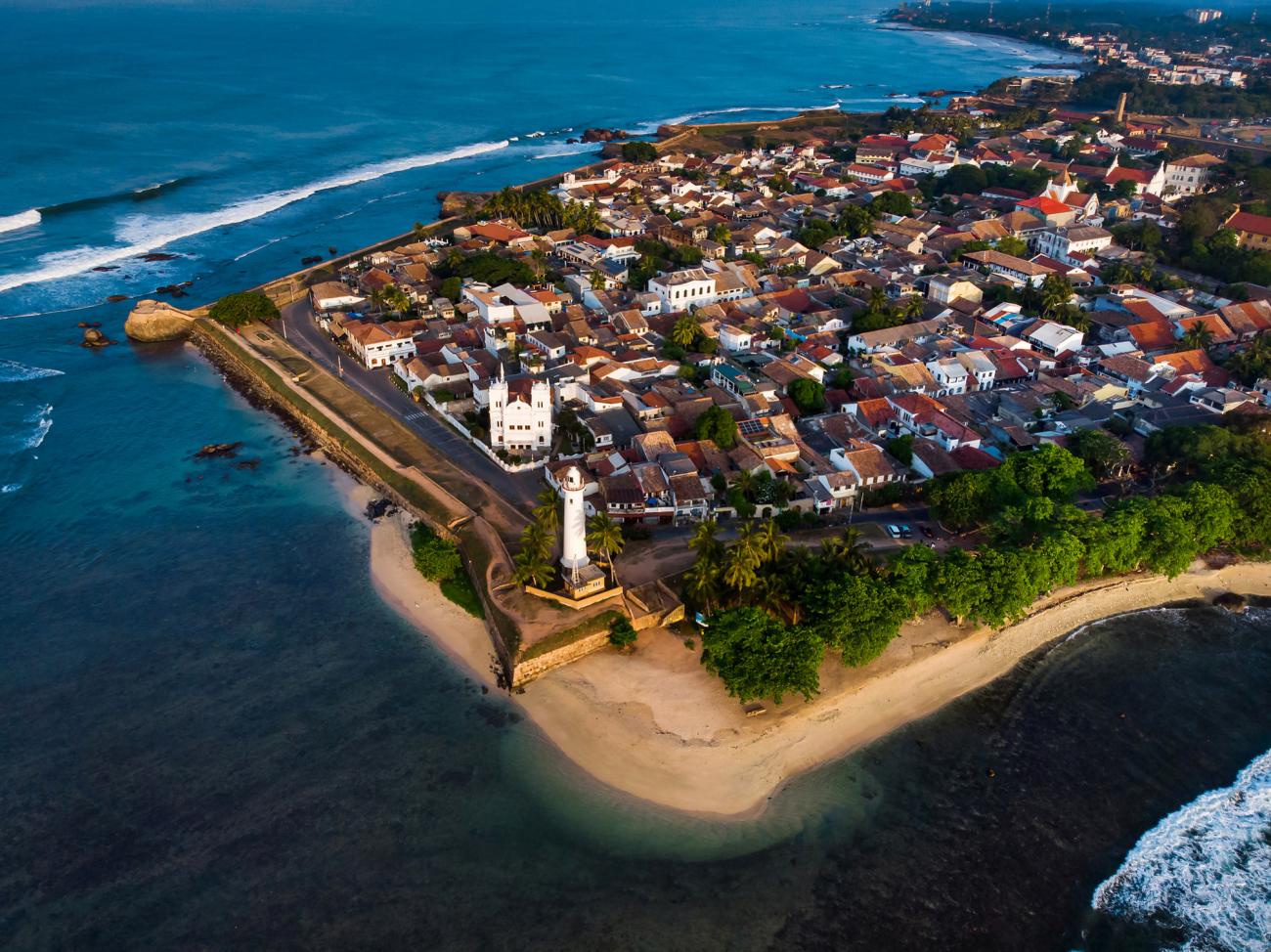
If you’re looking to maximise your chances of sunny days, then consider visiting Sri Lanka in its dry season, between December and February. The rainy season can still be active in December, but it’s really the tail-end of the rainfall, so it’s unlikely to have an overly detrimental impact on your trip. Many people choose to visit Sri Lanka at Christmas, especially since the rainfall has rejuvenated the island, which is wonderfully lush at this time of year. January and February can be more or less perfect, especially on the South and West coasts, which have hot and sunny days.
Festivals In Sri Lanka
Travellers book flights to Sri Lanka for two reasons: one, it’s an amazingly beautiful island that’s just a joy to experience and two: there are festivals galore. If you like cultural events, then you’ll find plenty to sink your teeth into in Sri Lanka, a country that has more festivals than anywhere on the planet. There are festivals and events taking place all year round, so no matter when you decide to make a trip, you’ll find that there’s something exciting going on.
If you’re looking for some inspiration, then you’re in the right place. Below, we’ve outlined some of the major festivals taking place in Sri Lanka, so if you’re hoping to see the country’s culture in all its glory, then be sure to plan your trip around one of the following events.
Esala Perahera in Kandy: Sri Lanka’s Main Festival
The Esala Perahera in Kandy festival takes place over ten days in July and August. This isn’t just the biggest festival in Sri Lanka; it’s also one of the biggest, most widely celebrated festivals in the world.
Things start slowly before gradually getting bigger and bigger, culminating in a massive party on the final day, which coincides with the full moon, locally referred to as poya days. There are plenty of colourful processions to enjoy during the festival, as well as activities. The Kandy region is more or less completely taken over during the festival, so if you’re looking for a peaceful retreat, make alternate plans. But as we said, this is a huge, important, and — most of all — fun festival that everyone should see at least once in their lives.
Vesak Poya
Vesak Poya is known as the festival of lights, and once you’ve seen it for yourself, you’ll understand why. The region is taken over by stunning illuminations, which fill the streets.
There’s a religious element to this festival, too — many Sri Linkan Buddhists spend Vesak Poya in a meditative state, and there’s a big emphasis on kindness and service during this period, too. Take a walk around the festival, and you’ll see stalls offering food, desserts, soft drinks, and the best part, it’s all free of charge.
Locals take this festival seriously, and there are even competitions to see who has the best light display. The high standards of the displays and the sheer high-spirits atmosphere of the festival mean that it’s one not to be missed.
Kataragama
Kataragama Perahera is one of the major cultural and religious events in Sri Lanka. Taking place in July or August, the festival lasts up to three weeks, and functions as a celebration of Kataragama, a deity highly revered by Buddhists and Hindus. This festival has been held since mediaeval times, and today is a huge celebration that includes many different elements — you’ll find processions, rituals, dance shows, music, and, perhaps most eye-catching of all.
The festival attracts many people from within Sri Lanka and beyond, thanks to the magnificence of the displays and the community spirit that showcases everything there is to love about the country.
Vel Festival
Vel Festival is the primary Hindu festival in Sri Lanka and is dedicated to showing the cultural and religious heritage of the country. This is a sacred festival that focuses on the war god Skandha, and specifically Skandha's victory over evil. The highlight of Vel is the huge procession, which begins in the Pettah District at the Sea Street Temple before travelling to the South of Colombo, and then back again, taking a whole day. Get a vantage point for the festival, and you’ll be able to enjoy dancers, musicians and much more, while the smell of incense and jasmine flowers fills the air.
Duruthu Perahera
Locals and travellers alike love Duruthu Perahera, which marks the beginning of the Buddhist calendar and is held in honour of Buddha’s visit to the country some 2,500 years ago. A major event in the Sri Lankan festival calendar, you’ll find all the staples of a classic Sri Lankan festival during Duruthu Perahera, with drummers, torch-bearers, acrobats, singers, and much more bringing plenty of life and energy to the streets. It takes place each January (usually the middle of the month) over a period of three days.
Nallur festival at Jaffna’s Kandaswamy Temple
Nallur Festival is Sri Lanka’s longest holy festival. Clocking in at 25 days, the festival takes place each August or September at the Kandaswamy Temple in Jaffna. There’s a large spiritual presence at this temple, which is said to have been home to many saints over the centuries. Consequently, there’s a peaceful atmosphere that’s distinctly unlike the other, more celebratory festivals you’ll find across Sri Lanka. It forms part of the peak pilgrimage season, and you’ll find plenty of attendees visiting from the cultural triangle within Sri Lanka and far beyond.
The Bottom Line on Best Time to Visit Sri Lanka
As we’ve outlined, there really isn’t a bad time to visit Sri Lanka, a country that offers something of value all year round. The decision of when you’ll visit will depend on your personal preferences; do you want nothing but sunshine, or are you OK with some rainy days? Are you building your trip around paying a visit to a specific festival, or are you happy to go with the flow and see what’s happening once you’re there?
Whatever you choose, you’ll be sure to make some incredible memories in this one-of-a-kind destination that is rightly beloved by everyone who has the opportunity to visit. After all, there’s really not much to dislike about this wonderful island that offers so much.
